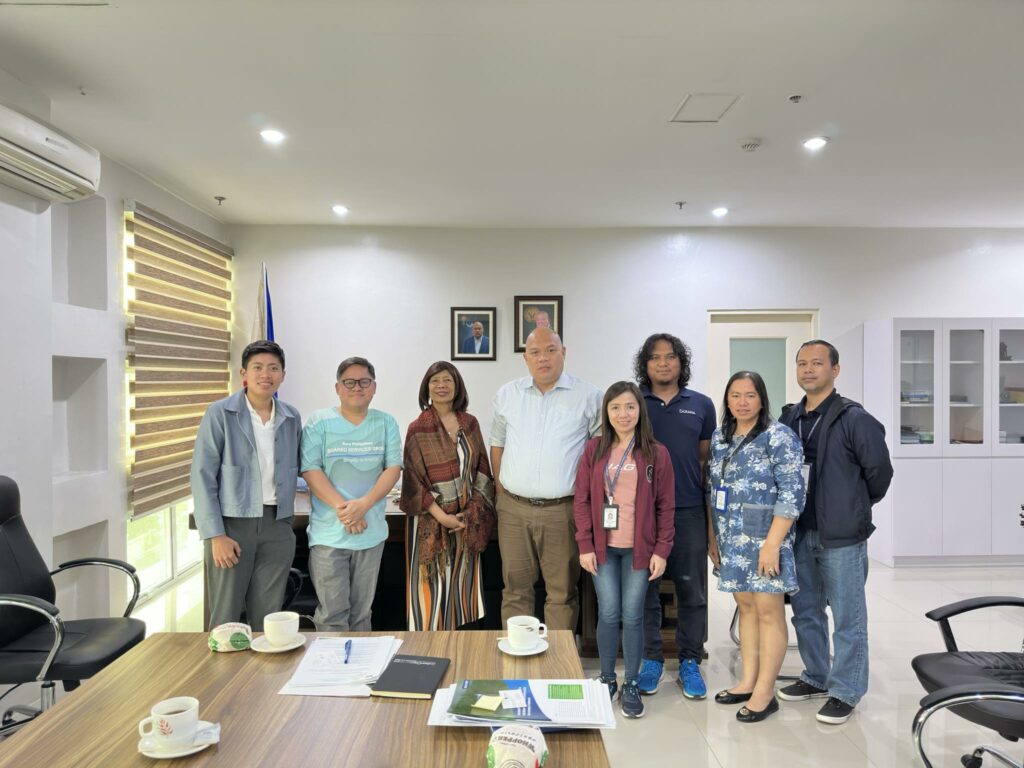
Sustainability guardrails must regulate Philippine salt industry expansion

The recent signing of the Philippine Salt Industry Development Act must be properly regulated by comprehensive guidelines to ensure it balances salt production, aquaculture, and environmental sustainability, according to environmental group Wetlands International Philippines.
“The signing of the National Salt Industry Law raises valid concerns about its potential environmental impact, particularly regarding the increased salinity levels in AUU fishpond soils. Increased salinity in the soils will make it difficult to revert AUU fishponds to mangrove forests,” said Dr. Annadel Cabanban, Country Manager of Wetlands International Philippines and Lead Convenor of the Global Mangrove Alliance Philippines Chapter.
Wetlands International Philippines will be working with the Department of Agriculture Bureau of Fisheries and Aquatic Resources (DA-BFAR) to ensure that regulatory provisions in draft Fisheries Administrative Order 197-2, which adheres to the Salt Industry Law, are based on an understanding of ecological impacts of salt-making on Abandoned, Underdeveloped, and Underproductive fishponds.
The goal of the group’s collaboration with the BFAR is to strike a balance between safeguarding mangrove ecosystems and promoting sustainable aquaculture, sustainable fisheries, and adaptation to climate change, even as the country explores opportunities for salt production growth.
Adding salt to coastal management
Wetlands International Philippines recommended salt production to be included in integrated coastal management.
On March 11, President Ferdinand Marcos, Jr. signed Republic Act No. 11985 or the Philippine Salt Industry Act in a bid to accelerate local salt production and reduce the country’s dependence on salt imports.
“Salt production can be part of the multiple-uses strategy in the coastal zone and it is timely that we get a better understanding of this law as the country embarks on integrated coastal management,” said Cabanban.
On March 01, the group, together with Oceana Philippines and Rare Philippines, met with the DA-BFAR to raise concerns about the proposed expansion of the salt-pan industry and clarify if abandoned, undeveloped, and underutilized fishponds will be used for this purpose.
DA-BFAR explained that the sites for the salt-pan industry will still be identified by the Department of Environment and Natural Resources (DENR).
During the meeting, the DA-BFAR expressed its desire to know more about the ecological impacts of salt farming in fishponds and to collaborate with the NGOs for more on-ground knowledge for management.
Regulating unsustainable salt expansion and mangrove cutting
During the recent meeting, BFAR also clarified that Section 23 (d) of the draft FAO 197-2 aimed to establish regulations that prevent the potential unsustainable expansion of salt farming under the Salt Industry law, rather than promoting such practices.
Section 23 (d) of the proposed order meant to address the utilization of aquaculture ponds for salt production.
BFAR has requested the groups to deliver a presentation and share available resources on the short- and long-term environmental impacts of salt production in fishponds.
Section 49 of Republic Act No. 8550 mandates the DENR, in coordination with the Department of Agriculture, local government units, other concerned agencies, and Fisheries and Aquatic Resources Management Councils, to identify AUU fishponds covered by Fishpond Lease Agreements to be reverted to their original mangrove state.
Wetlands International Philippines suggested that the agencies involved jointly conduct a thorough assessment and identification of fishponds to revert to mangroves, implement mangrove-friendly aquaculture, or use them for salt farming.
“Salt can be produced elsewhere. We suggest around islands with clean water, specifically areas behind the beach towards land,” said Cabanban.
Mangrove-friendly aquaculture
Wetlands International Philippines further emphasized the need to follow science-based Ecological Mangrove Restoration in reverting AUU fishponds to mangroves.
“We believe that by following the Ecological Mangrove Restoration approach, we can enhance fisheries production while reaping the other benefits that mangrove forests provide such as coastal protection, erosion prevention and water filtration,” said Cabanban.
She added that BFAR also wants to know more about Associated Mangrove Aquaculture (AMA) as a mangrove-friendly aquaculture for fish farmers.
AMA is a practice that restores coastal and riverine greenbelt and encourages biodiversity.
In implementing AMA, pond lessees need only give up a small portion of their ponds, along the waterway, to make room for mangroves, according to Wetlands International Philippines.
Sustainable aquaculture
Meanwhile, the Global Mangrove Alliance Philippines Chapter recommended science-based actions for sustainable aquaculture in the coastal zone, such as maintaining a ratio of one hectare of fishpond to four hectares of mangrove forest.
According to the Alliance, mangrove forests function to filter water and provide nursery sites for many organisms among other benefits. So, with the 4:1 ratio, the fishponds will benefit from having clean water and natural food for the cultured animals and coastal fisheries will be sustained.
The Alliance’s recommendation of maintaining a 4:1 ratio of mangroves to aquaculture was in keeping with the 2008 study of Edward Barbier and colleagues titled “Coastal Ecosystem-Based Management with Nonlinear Ecological Functions and Values.”
The ratio, according to the study, is crucial for striking a balance between preserving mangrove ecosystems and supporting sustainable aquaculture practices.
DA-BFAR said it would consider adding to the draft FAO 197-2 a guideline for adopting this ratio. During the meeting, BFAR mentioned its plan to invite both groups to a workshop with the Department of Environment and Natural Resources (DENR) which would address policy gaps related to the salt industry law.
